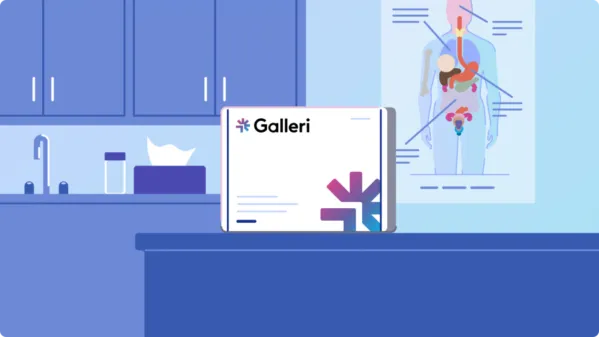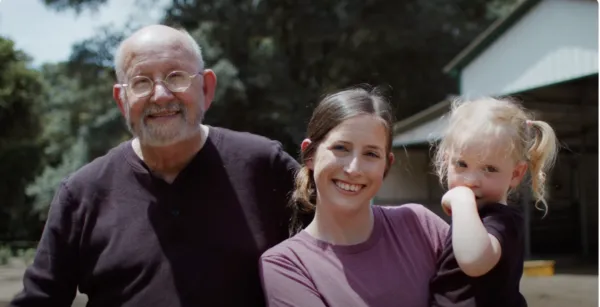To request a test, you will need an Access ID. Your Access ID is the first initial of your first name, your last name and your date of birth.
Example Patient's Access ID:
Patient First Name: John
Patient Last Name: Smith
Patient Date of Birth: 01/01/1950
Patient's Access ID: jsmith01011950
Note: If your last name has a hyphen, do not include the hyphen in your Access ID.
As a reminder, the Galleri test is also available at no cost to eligible spouses. Don't forget to have your spouse also confirm eligibility and request the Galleri test.
If you have any issues finding your Access ID, please contact GRAIL Customer Service at (833) 694‑2553.
By clicking the button below, you will be exiting Galleri.com for a secure patient portal.





















